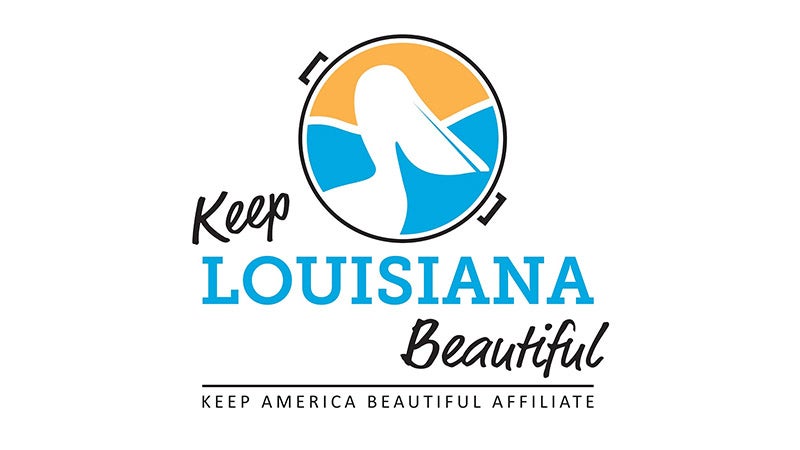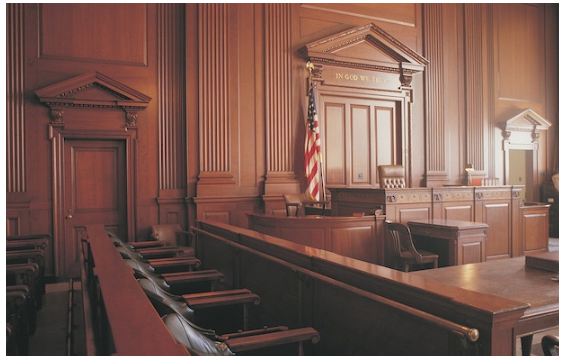Students cast votes for president, others
Published 12:00 am Wednesday, November 1, 2000
ERIK SANZENBACH / L’Observateur / November 1, 2000
LAPLACE – It is too bad for Vice President Al Gore and Gov. George W. Bushthat children can’t vote. In LaPlace the presidential candidates would havepicked up some votes and some political wisdom from young constituents.
Last week, third-, fifth- and sixth-grade students at LaPlace Elementary School took part in the National Parent/Student Mock Election.
Not only did the students vote for president, they also voted for a U.S.representative and a series of social issues ranging from education to gun control.
Gore won the election in LaPlace with 122 votes or 52 percent of the vote.
Bush came in a close second with 104 votes or 44 percent. PatrickBuchanan got 3 votes or 1.2 percent. Candidates from the ConstitutionParty, Green Party and Libertarian Party each got one vote each, or 0.42percent. Surprisingly, the candidate for the Socialist Workers Party got 2votes or 0.8 percent of the vote. John Hagelin of the Natural Law Partydidn’t get any votes at all. In all, 240 LaPlace Elementary students took partin the election.
Over 750,000 students in the state of Louisiana voted in the mock election.
The results from the LaPlace ballots were entered into the St. John theBaptist Parish computers at the courthouse in Edgard. These results weretallied with all the other parishes in Baton Rouge then sent to national headquarters in Washington, D.C.The election at LaPlace Elementary was run by the students in the Gifted and Talented Art Class under the guidance of teachers Margaret Maynard and Nancy Giardina. The students set up the voting polls in a trailer in the middleof the school, and they acted as poll commissioners.
The purpose of the mock election is to teach students about the process of elections and voting in a democracy. All the students taking part in theelection read up on candidates and issues and discussed them in class.
Some of the students were very well-versed on the issues and the candidates.
Karl Gommel, a fourth-grader and poll commissioner, said he was voting for Bush because, “He will build up our military forces and won’t take as much money as Gore.”Another Bush voter, Michelle Villeret, was more blunt with her views.
“I think that Al Gore lies,” said Villeret.
Others thought genetics played a big part in their voting for Bush.
“His father was president,” said 11-year-old Taylor Tamplain. “He has all theexperience.”Then there was Gore supporter Angela Johnson, a fifth-grader, who simply said, “I don’t know why I voted for Gore. I like him, I guess.”If the election for the U.S. representative was determined by LaPlaceElementary students, incumbent Billy Tauzin would find himself in a run off with Anita W. Rosenthal. Tauzin got 73 votes or 30 percent of the vote,while Rosenthal got 76 votes or 31 percent of the vote.
On the social issues there was some interesting results. According to 68percent of the students, the biggest problem facing America today is crime and violence.
More than a third of the student voters said the death penalty should be retained, but a reform system should be put in place to prevent false convictions.
Only 18 percent of the students thought there should be new gun control laws.
Twenty-five percent of the voters thought vouchers should be used in education, but 25 percent believed children from low-performing schools should be allowed to transfer to other public schools. Another 25 percentthought education could be improved if the federal government increased spending on public schools, and the final 25 percent believed in both private school vouchers and parental choice of public schools.
On campaign reform, 42 percent thought politics could be cleaned up if more scrutiny was given to a candidate’s character and private behavior, while 31 percent thought shortening the campaign and using only public money would make elections more respectable. Twenty-seven percent thought toughercampaign finance laws would reform political campaigns.
More relevant to the student voters was a question on what could be done to improve school safety. The students were given seven choices. Clear bookbags was the winner with 28 percent of the vote. Having video cameras inclassrooms was second with 16 percent. According to students, the leasteffective method to makes schools safe was mandating character education throughout the curriculum. That only got 8 percent of the vote.Finally, an overwhelming 77 percent of the voters said government should lead students in prayer at public schools, and a whopping 85 percent thought prayers at athletic events was acceptable.
Return To News Stories




